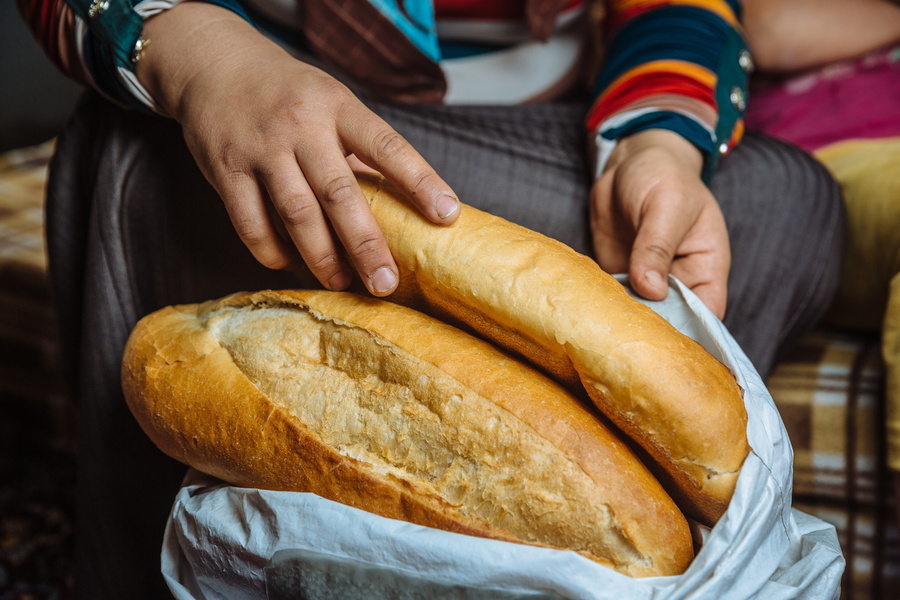
Both migration and food (in)security are multi-faceted, and migration poses both challenges and opportunities relevant to food security. They are both heavily influenced by negative factors such as conflict, climate change, natural hazards and disasters and poverty. In a positive way, the food industry relies upon migrants and migrants contribute to global food security through agricultural labour, while remittances can improve migrants' families access to food and increase development opportunities. Nevertheless, while a certain level of correlation may exist, it is difficult to prove a direct causal link.

Migration and Food Security
Both migration and food (in)security are multi-faceted, and migration poses both challenges and opportunities relevant to food security. They are both heavily influenced by negative factors such as conflict, climate change, natural hazards and disasters and poverty. In a positive way, the food industry relies upon migrants and migrants contribute to global food security through agricultural labour, while remittances can improve migrants' families access to food and increase development opportunities. Nevertheless, while a certain level of correlation may exist, it is difficult to prove a direct causal link.
Migration poses both challenges and opportunities relevant to food security (FAO, N.D.). Some examples:
- Migration is an adaptation strategy where climate change, depleted resources or lack of access to food sources drives individuals and households to more stable access to food resources or income generation;
- An imbalance of outmigration can result in a loss in agricultural and seasonal labourers which may affect food production;
- Conflict related displacement or natural hazards can disrupt planting or harvesting seasons or limit transhumance pathways;
- Remittances are an important contribution to development and resilience as the additional income can increase spending on not only food, but also on transportation to get food, education and agricultural development. This reduces vulnerability to shocks resulting from natural hazards and extreme weather events (SZABO ET AL., 2022);
- Returning migrants can bring new skills and experiences that promote productivity which could improve food production and distribution (FAO, 2016)
Migration is an adaptation option allowing food insecure individuals and households to access better employment and livelihood opportunities. However, mobility requires economic resources, which the poorest and often most vulnerable may lack, so extreme food insecurity coupled with poverty can lead to immobility. (IOM, 2018).
Disclaimer: This webpage curates public information and data. The opinions expressed in this webpage are those of the authors and do not necessarily reflect the views of the International Organization for Migration (IOM), nor its Member States and other stakeholders. The designations employed and the presentation of material throughout the webpage do not imply expression of any opinion or endorsement whatsoever on the part of IOM, its Member States and other stakeholders concerning the legal status of any country, territory, city or area, or of its authorities, or concerning its frontiers or boundaries. While the portal section "Food security" has been made possible with funding from the German Federal Foreign Office and the Federal Department of Foreign Affairs (FDFA) Switzerland, the contents on this section do not necessarily reflect their official policy or position.
